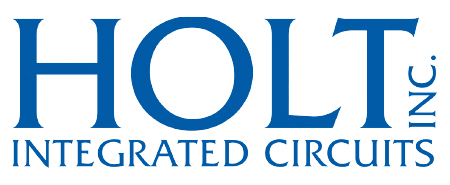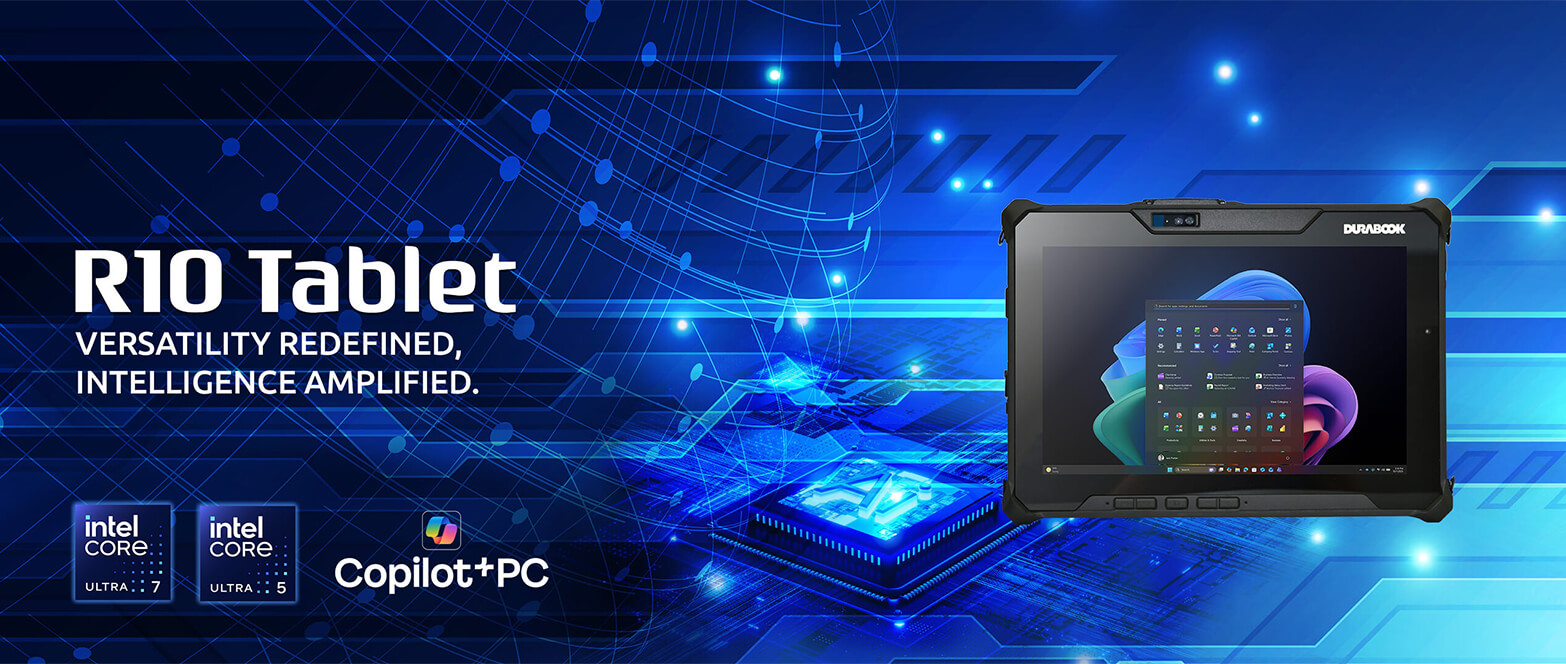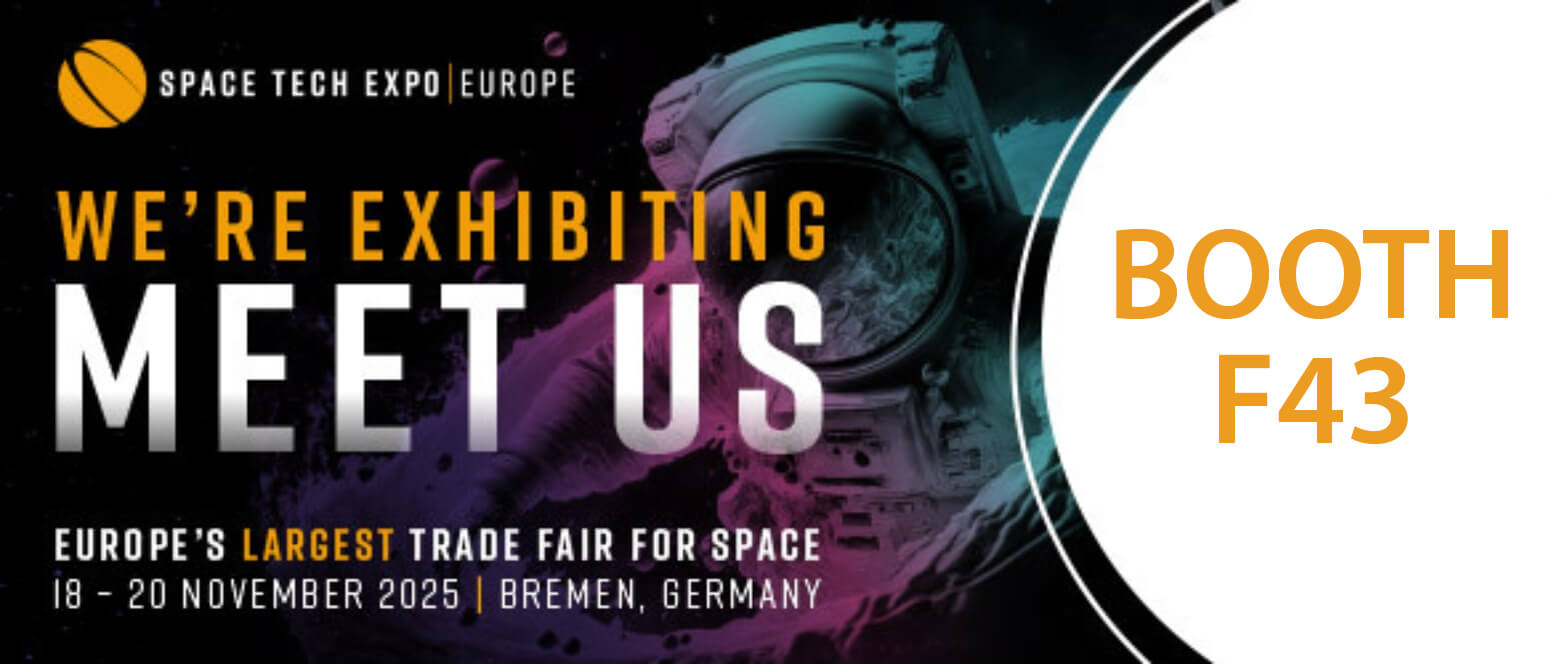Holt Announces Radiation-Hardened 3.3V MIL-STD-1553 Dual Transceiver for High Reliability and Space Applications
-
 Richard Hough
Richard Hough
- Insights & Events
- 11 Sept 2024
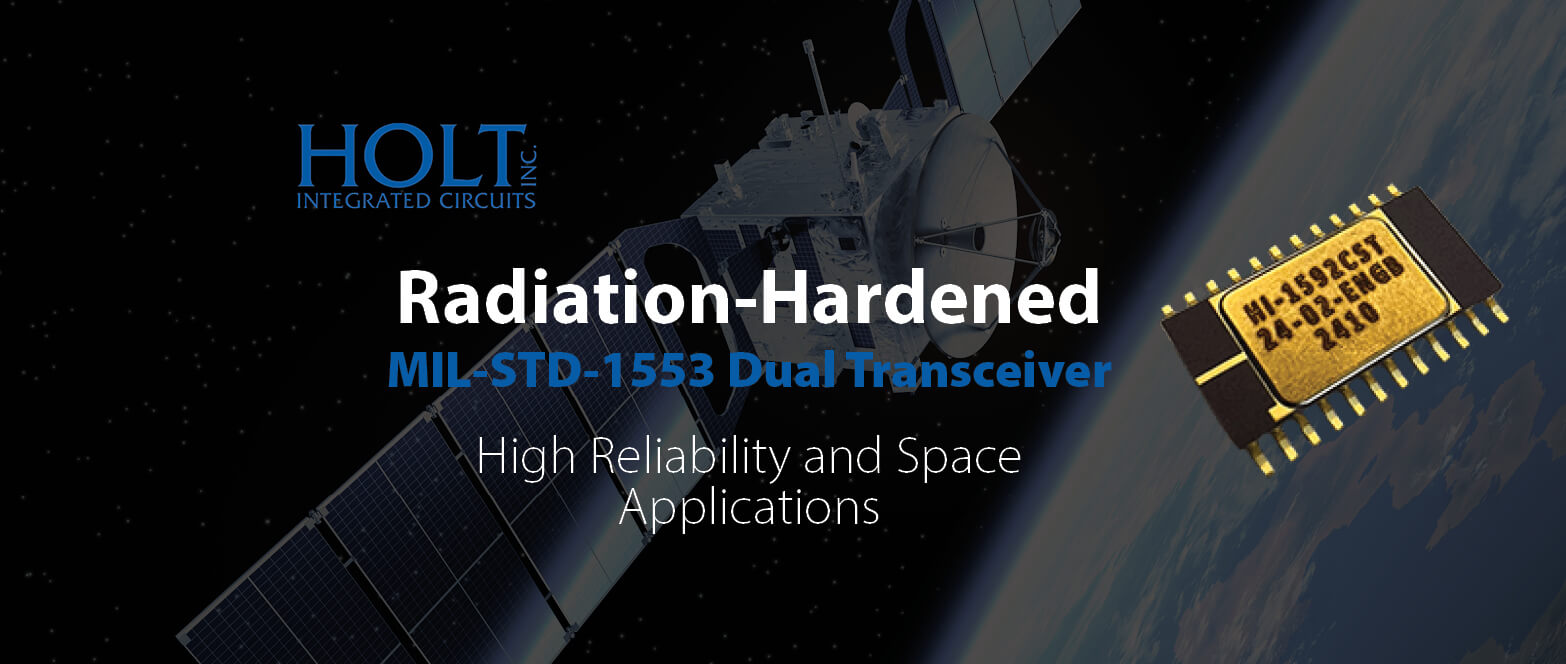
HOLT expands its MIL-STD-1553 portfolio with their first Radiation Hardened MIL-STD-1553 Dual Transceiver for Hi-Rel applications such as launch vehicles and high-altitude aircraft.
Holt Integrated Circuits has announced the introduction of HI-1592, a radiation-hardened 3.3V MIL-STD-1553 dual transceiver for high reliability and space applications.
Holt has been a supplier of MIL-STD-1553 IP, protocol, transceiver and transformer components to the military and aerospace industries for over 20 years and this new product offering provides additional robustness for demanding Hi-Rel applications such as launch vehicles, high-altitude aircraft, low-orbit satellites, and space.
As aircraft fly at higher altitudes or in space they become more susceptible to exposure to cosmic rays, resulting in effects such as single-event transient (SET), single event latch-up (SEL) and single event burnout (SEB), any of which could result in degradation or failure of electronic equipment.
To that end, electronic equipment designed to fly in these environments needs some level of latch-up immunity or radiation hardness assurance (RHA) against the effects of cosmic rays.
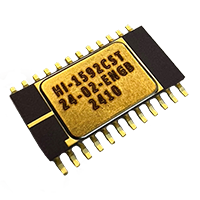

HI-1592 Features:
- Robust Silicon-On-Insulator (SOI) CMOS technology
- RHA Total Ionizing Dose (TID)
- 100 krad(Si) High Dose Rate
- Single-event effect (SEE) hardness
- SET, SEFI, SEB and SEL characterized up to 2 67.7 MeV-cm /mg
- MIL-PRF-38535 compliant
- 1.8V, 2.5V and 3.3V compatible digital I/O
- Extended temperature range with optional burn-in
The HI-1592 is latch-up immune and proven to meet a single-event upset (SEU) with an LET of at least 67.7 MeV-cm2/mg. The device is radiation tolerant to a total ionizing dose (TID) of 100 krad(Si).
It is ideal for launch vehicle and high-altitude aircraft applications utilising MIL-STD-1553 data bus communication.
The device also features 1.8V, 2.5V and 3.3V compatible digital I/O. This feature gives users more flexibility to interface with a broad range of FPGAs and controllers, avoiding the use of level shifters and other additional circuitry.
The HI-1592 is ideal for use with Holt’s DO-254 certifiable MIL-STD-1553 IP Core, HI-6300, instantiated in a radiation-hardened FPGA.
George Noh | Director of Sales and Marketing at Holt Integrated Circuits
Rich Hough | Sales Director for High Reliability Components & Power Supplies at APC
Radiation-Tolerant HI-1592 Dual Transceiver Applications:
- Launch vehicles
- High altitude aircraft MIL-STD-1553 terminals
- Low-orbit satellites
- Flight control and monitoring
- ECCM interfaces
- Radar Systems
The HI-1592 is available in a hermetic 24-pin ceramic SOIC. The device is offered in extended −55oC to +125oC temperature range, with the option of burn-in, 100% PIND testing and compliance to MIL-PRF-38535 QML class Q.
Further technical information including rad tolerance data can be requested by speaking to our high-reliability components team member. Holt draws from a long history and technical expertise in military and aerospace quality and high reliability.
Available With Expert Insight and Support From
Official Holt Integrated Circuits Distributor
APC works close with industry-leading Aerospace and Defence manufacturers to provide you with the largest selection of radiation-tolerant components on the market, delivered faster and more cost-efficiently, giving you faster time-to-mission and reduced costs. Contact an expert today.
As AS9120B Certified Distributors, our space-compatible technologies include, but are not limited to: Radiation-Tolerant, Semiconductors, Microelectronics and Optoelectronic Components, including Integrated Circuits. APC can also supply high-density ‘System-in-Package’ Solutions that miniaturise radiation tolerant systems.
Holt Integrated Circuits is a major supplier of ICs for avionics and military aircraft data bus and display applications. The company’s products are specified by more than 400 manufacturers worldwide and are employed in flight control, navigation, engine management, communications, safety equipment, and in-flight entertainment systems.

